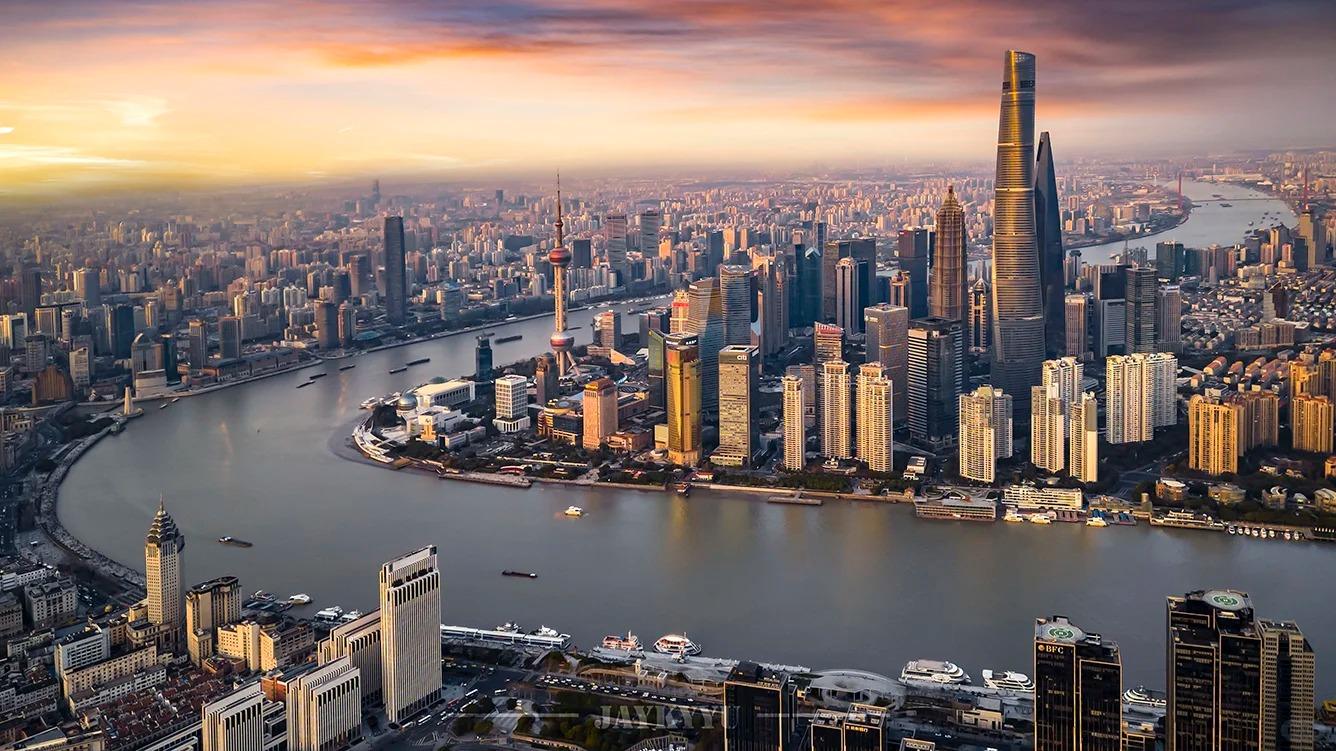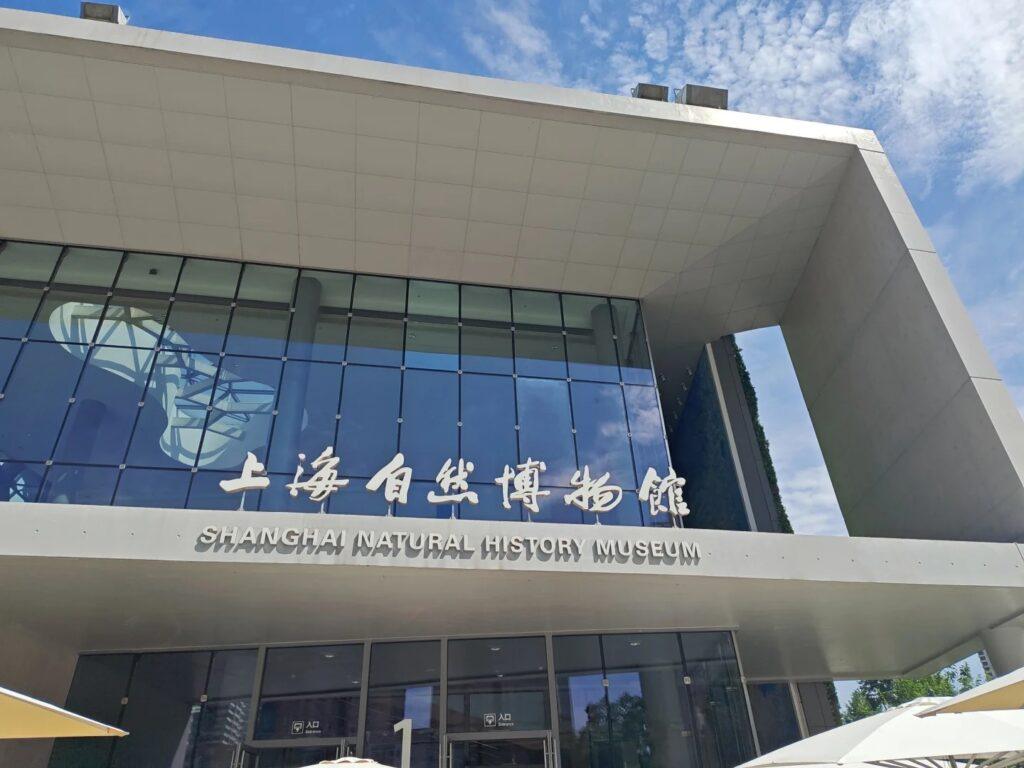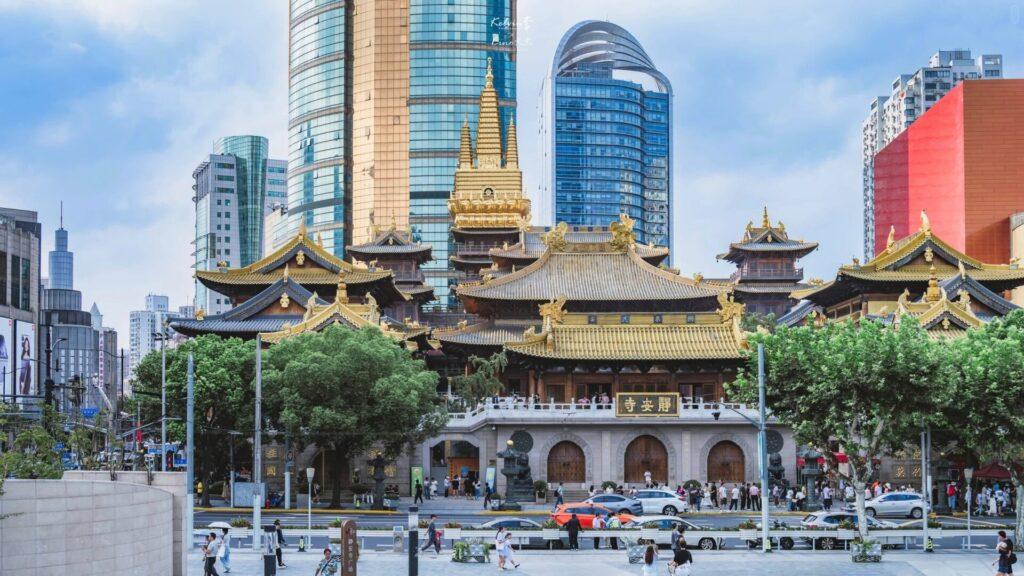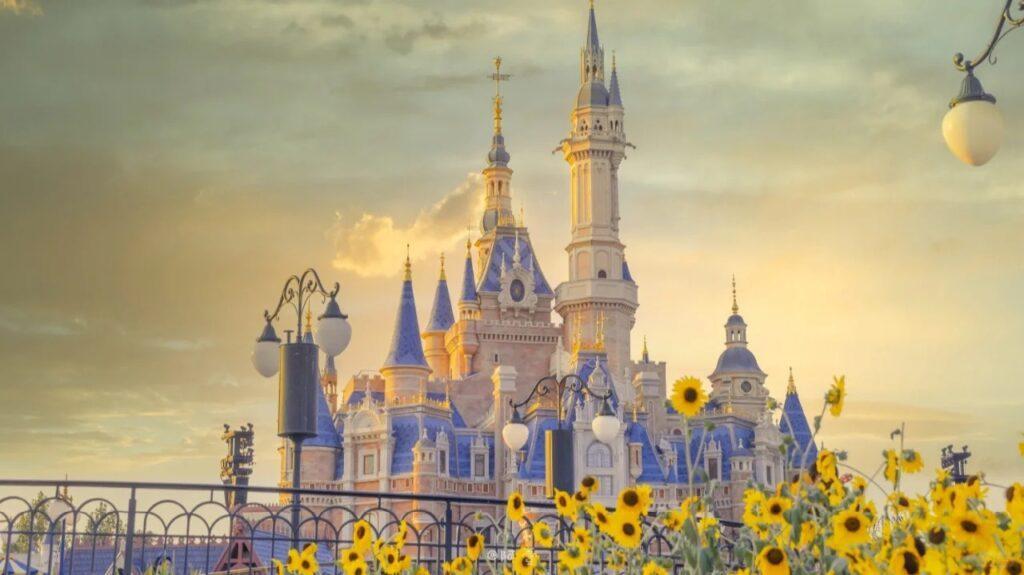Visiting Information
| Information | Details |
|---|---|
| Chinese Name | 黄浦江 (Huángpǔ Jiāng) |
| Location and Address | Runs through central Shanghai, China |
| Opening Hours | 24/7 (River cruises typically operate from 11:00 AM to 9:30 PM) |
| Entrance Fee | Free to view; River cruises range from 120 to 200 CNY |
| How to Get There | By Metro: Lines 2, 10 to East Nanjing Road Station for The Bund By Bus: Multiple bus lines to The Bund or Lujiazui By Taxi: Available throughout Shanghai |
| Best Time for Visit | Spring (March to May) and Autumn (September to November) |
| Contact Info | Shanghai Tourism Hotline: +86 21 962020 |
Overview
The Huangpu River is a 113-kilometer-long river flowing through Shanghai, China. It is a major tributary of the Yangtze River and divides Shanghai into two parts: Puxi to the west and Pudong to the east. The river is not only a crucial waterway for the city’s shipping and logistics but also a significant landmark and tourist attraction, offering scenic views of Shanghai’s iconic skyline.
Historical Background
The Huangpu River has played a vital role in Shanghai’s development for over a thousand years. Its history as a major waterway dates back to the Tang Dynasty (618-907 AD). During the Qing Dynasty (1644-1912), it became increasingly important for trade, leading to the establishment of foreign concessions along its banks. The river witnessed Shanghai’s transformation from a small fishing village to a global financial hub, making it an integral part of the city’s history and identity.

Architectural Features
- The Bund: Along the western bank of the Huangpu River lies the famous Bund, a waterfront area featuring a row of historical buildings in various architectural styles, including Art Deco, Neoclassical, and Beaux-Arts. These buildings, once housing banks and trading houses, now serve as hotels, restaurants, and office spaces, creating a striking contrast with the modern skyline across the river.
- Pudong Skyline: On the eastern bank, the Pudong district showcases Shanghai’s modern architectural marvels. Prominent structures include the Oriental Pearl TV Tower, the Shanghai World Financial Center (nicknamed “the bottle opener”), and the Shanghai Tower, China’s tallest building and the world’s second-tallest.
- Bridges: Several bridges span the Huangpu River, connecting Puxi and Pudong. Notable among these are the Nanpu Bridge and Yangpu Bridge, both cable-stayed bridges that add to the river’s scenic beauty, especially when illuminated at night.
- Waibaidu Bridge: Also known as the Garden Bridge, this is the first all-steel bridge and the only surviving example of a camelback truss bridge in China. It’s an important historical landmark at the northern end of the Bund.
Cultural Importance
The Huangpu River is deeply ingrained in Shanghai’s cultural identity. It has been a witness to the city’s history, from its days as a treaty port to its emergence as a global financial center. The river is often featured in literature, art, and music about Shanghai. It serves as a symbol of the city’s resilience, progress, and the blending of East and West. Many cultural events and festivals take place along its banks, including the annual Huangpu River Festival.
Surrounding Attractions
- Yu Garden: Located in the old city of Shanghai, Yu Garden is a classical Chinese garden built in the Ming Dynasty. It features exquisite pavilions, rockeries, ponds, and bridges, offering visitors a glimpse into traditional Chinese garden design and architecture.
- Nanjing Road: This is Shanghai’s main shopping street and one of the world’s busiest shopping districts. Stretching for 5.5 kilometers, it offers a mix of traditional stores and modern shopping malls, attracting millions of visitors annually.
- Lujiazui Financial District: This area in Pudong is home to many of Shanghai’s skyscrapers and is the city’s financial hub. Visitors can ascend the Shanghai Tower or the Oriental Pearl TV Tower for panoramic views of the city and the Huangpu River.
- Shanghai Museum: Located near People’s Square, this museum houses an extensive collection of ancient Chinese art, including bronzes, ceramics, paintings, and calligraphy. Its unique architecture, resembling an ancient bronze cooking vessel, is itself a notable attraction.
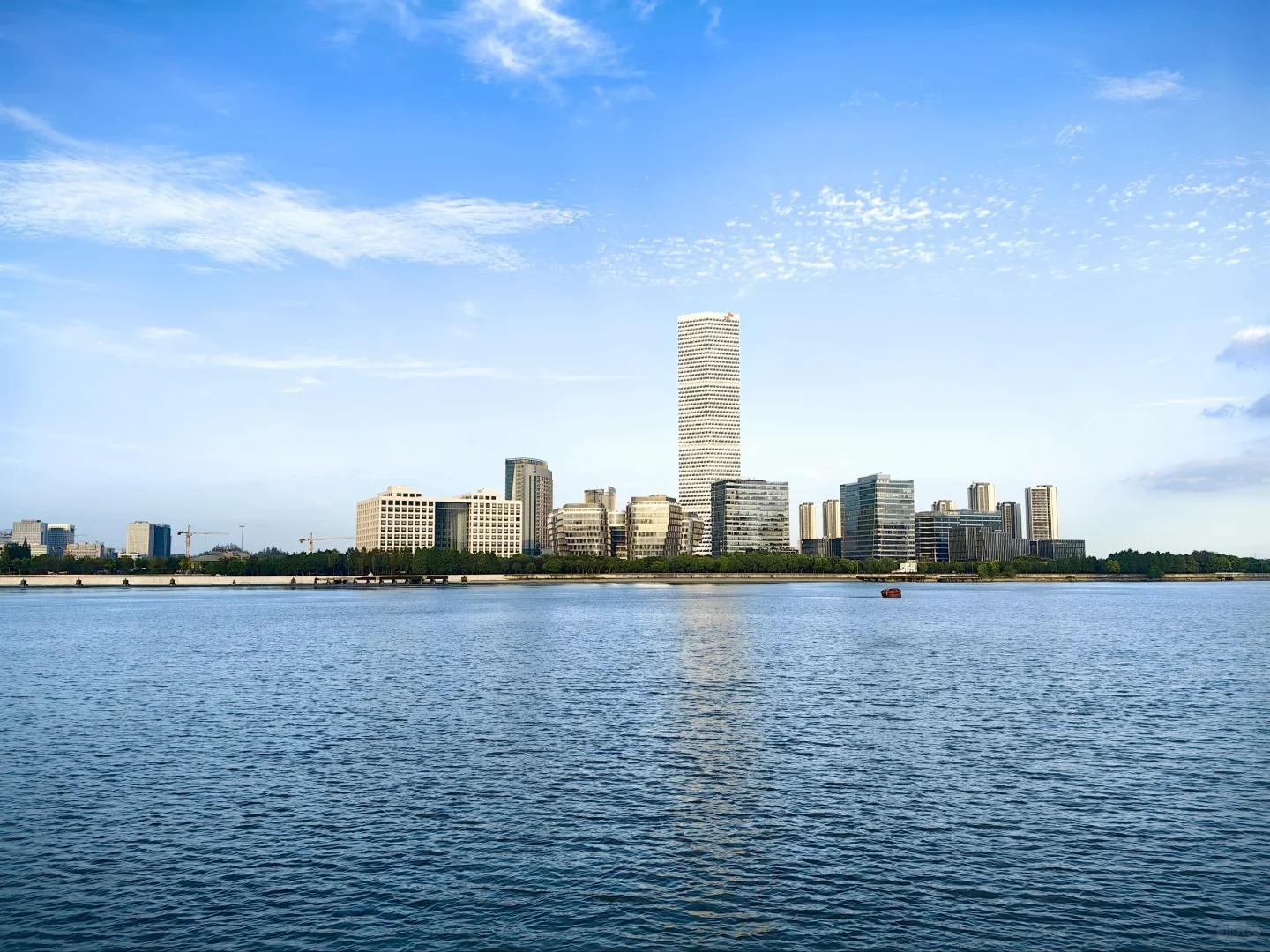
Photography Opportunities
- The Bund Promenade: This waterfront area offers unparalleled views of the Pudong skyline across the Huangpu River. It’s particularly stunning at night when the buildings are illuminated, creating a dazzling display of lights reflected in the river.
- River Cruises: Taking a cruise on the Huangpu River provides unique perspectives for photography. You can capture both the historic Bund and the futuristic Pudong skyline from various angles, especially beautiful during sunset or at night.
- Lujiazui Viewing Platforms: The observation decks of skyscrapers like the Shanghai Tower or the Oriental Pearl TV Tower offer bird’s-eye views of the river winding through the city, perfect for capturing the scale and layout of Shanghai.
- Waibaidu Bridge: This historic bridge provides interesting compositions, especially when framing the modern skyline beyond. It’s also a great spot to capture the river traffic and the contrast between old and new Shanghai.
Modern Importance
- Economic Hub: The Huangpu River continues to be crucial for Shanghai’s economy. It serves as a major shipping route, connecting the Yangtze River to the East China Sea, and facilitates the transportation of goods to and from Shanghai’s port, one of the busiest in the world.
- Tourism: The river is a key tourist attraction, drawing millions of visitors annually. River cruises, waterfront dining, and sightseeing along the Bund contribute significantly to Shanghai’s tourism industry.
- Urban Development: The areas along the Huangpu River have been the focus of major urban renewal projects. The transformation of the Pudong side from farmland to a futuristic financial district is a prime example of the river’s role in Shanghai’s modernization.
- Environmental Concerns: In recent years, there has been increased focus on improving the river’s water quality and ecosystem. Efforts are being made to reduce pollution and restore the river’s ecological balance, reflecting growing environmental awareness in urban development.
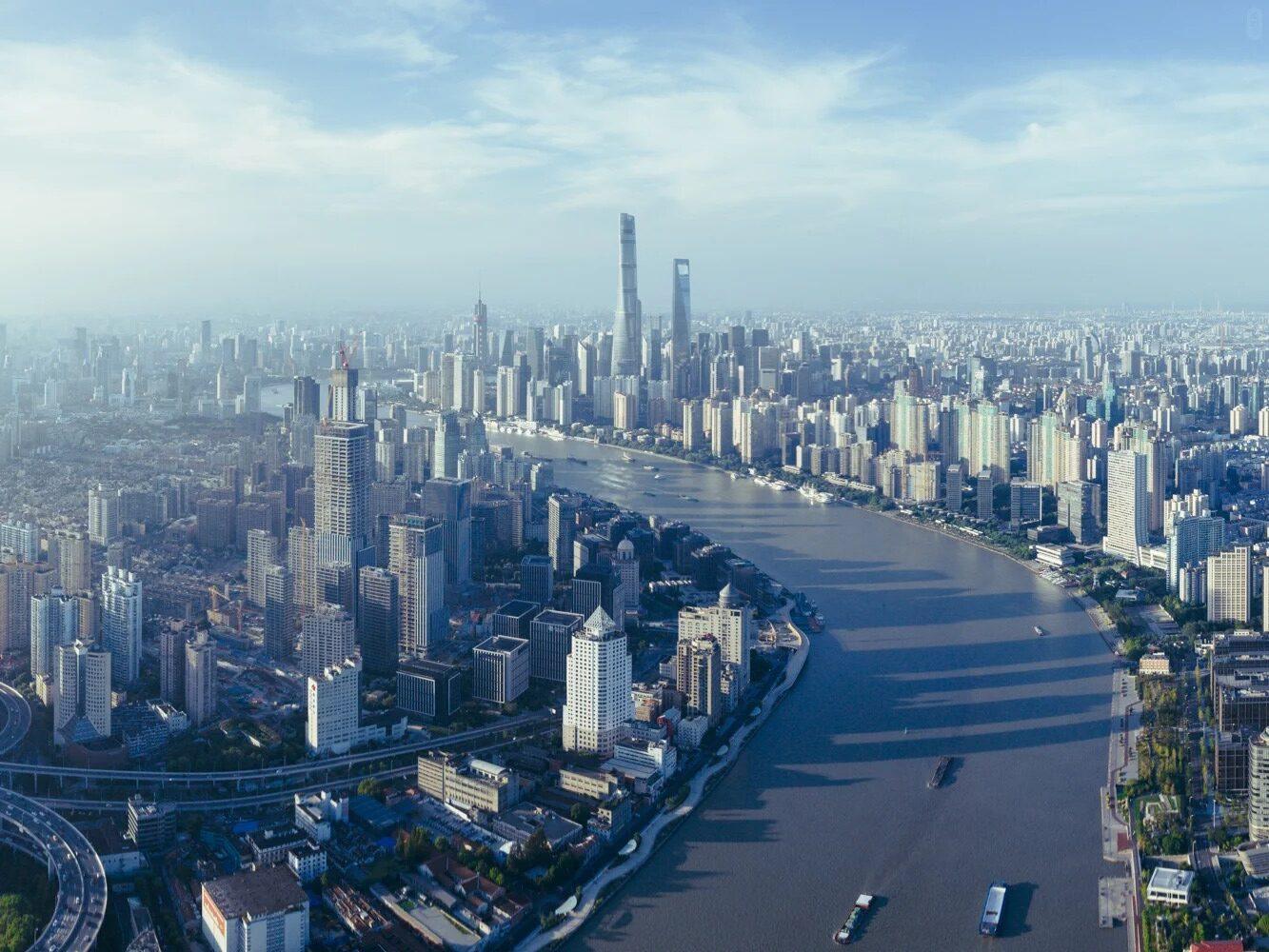
FAQ
- What is Huangpu River famous for?
The Huangpu River is famous for dividing Shanghai into Puxi and Pudong, offering scenic views of the city’s iconic skyline, and playing a crucial role in Shanghai’s history and development as a major port city. - What’s inside Huangpu River?
The Huangpu River itself is a waterway, but along its banks, you can find historic architecture like The Bund on one side and modern skyscrapers of Pudong on the other. It’s also home to various species of fish and supports a bustling maritime traffic. - Is Huangpu River free?
Viewing the Huangpu River from its banks is free. However, river cruises and entry to some attractions along the river (like observation decks in skyscrapers) have fees. - Is Huangpu River worth visiting?
Yes, the Huangpu River is definitely worth visiting. It offers stunning views of Shanghai’s skyline, historical sites, and modern architecture, providing a unique perspective on the city’s past and present. - What to do in Huangpu River?
You can take a river cruise, walk along The Bund, enjoy the views of Pudong’s skyline, visit nearby attractions, dine at waterfront restaurants, or simply enjoy the scenery and bustling atmosphere. - How do I get to Huangpu River in the local city?
In Shanghai, you can easily reach the Huangpu River by taking the metro to stations near The Bund (like East Nanjing Road Station on Lines 2 and 10) or Lujiazui. Buses and taxis are also readily available throughout the city. - How to visit Huangpu River?
To visit the Huangpu River, you can walk along The Bund promenade, take a river cruise for different perspectives, visit observation decks in Pudong for aerial views, or explore the areas on both sides of the river. It’s best to visit during the day and stay for the evening to see the city lights reflected in the water.


